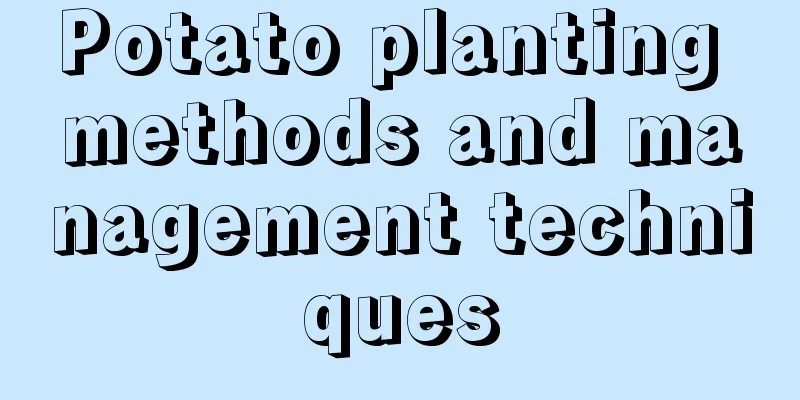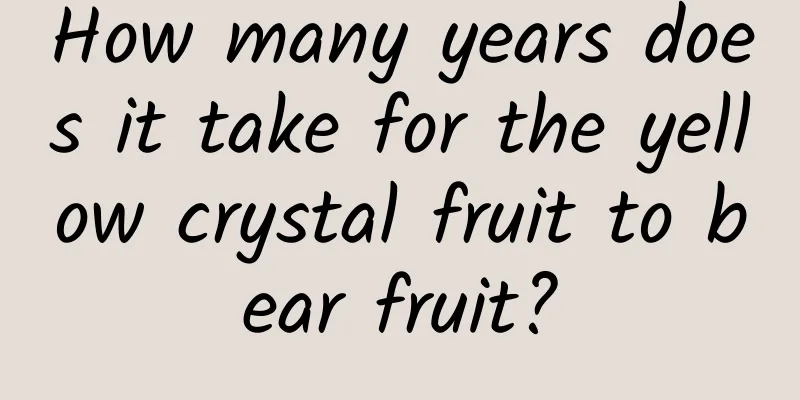Potato planting methods and management techniques

|
As an easy-to-grow and high-yield crop, potatoes are favored by farmers from all over the north and south. Not only are they easy to store, but they can be grown twice a year in most areas, once in the spring and once in the fall, except in some extremely cold regions where they may be limited to just one crop a year. Although potatoes are relatively simple to grow and care for, there are some key planting and management tips to follow in order to achieve high yields and large root tubers. Let’s learn about potato planting methods and management techniques. 1. Soil preparation and fertilization Choose flat, deep and fertile sandy loam land, and carry out land preparation after the previous crop is harvested. Before planting, a balanced fertilization strategy was adopted, applying 200 kg of wood ash, 60 kg of ammonium bicarbonate and 1,500 to 2,500 kg of farmyard manure per 667 square meters to ensure balanced soil nutrients. 2. Seed selection and processing Select high-quality virus-free potatoes that are undamaged, free of pests and diseases, and have smooth skin as seed potatoes, such as Kexin No. 1 and other varieties. Use a sterilized knife to cut the potato into pieces. Each piece should weigh 35 to 50 grams and have 1 to 2 healthy eyes. After cutting, mix talcum powder and thiophanate methyl in proportion to promote wound healing. 3. Germination of Seed Potatoes After the seed potatoes are spread out to cool, they are soaked in a solution of appropriate concentration of humic acid, then placed in a moist sand bed and covered with a film to promote germination, break the dormancy period, and ensure uniform emergence. 4. Planting seeds Sowing should be carried out when the average daily temperature reaches 15 to 25°C and the soil temperature is stable at above 10°C. The planting density is determined reasonably based on soil fertility and variety characteristics. Generally, 6,000 plants are planted per mu or 120 to 150 kilograms of seed potatoes are used. 5. Water management After sowing, irrigate in time when it is dry to keep the soil moist, especially during critical growth periods, such as plant emergence, bud formation and flowering period, to ensure adequate water supply . 6. Pest and disease control During the growth period of potatoes, pay attention to the prevention and control of ground pests such as aphids and cabbage loopers, as well as underground pests such as cutworms and wireworms, and take appropriate chemical or biological control measures. 7. Harvest When the potato stems and leaves turn yellow and begin to wilt, indicating that the potatoes are ripe, choose a sunny day when the soil is dry to harvest to reduce the risk of disease and rot. The above is the planting method and management technique of potatoes. Although potatoes are a crop with relatively high yield, they also require us to do a good job of daily management.
|
<<: Honeysuckle planting, maintenance and precautions
>>: Key points of chive planting technology and management
Recommend
Can marigolds be placed in the bedroom?
1. Marigolds are not poisonous When marigold bloo...
The difference between Andrographis paniculata and Panax notoginseng
1. Basic characteristics 1. Andrographis panicula...
How to quickly grow a Jade Plant into an old pile (how to quickly take root and grow it into a bonsai shape)
How to cultivate Jade Plant to quickly grow into ...
How to remedy the root rot of soil-grown white palm
1. Remove rotten roots After discovering that the...
When is the right time to sow carrots?
The right time to sow carrots Carrots belong to t...
How to grow green radish in water
1. Breeding environment 1. Change the water: When...
Cuckoo breeding tips
Azalea, a potted plant with strong cold resistanc...
Winter melon cultivation methods and precautions
1. Maintenance methods 1. Temperature: The most s...
Orchid varieties
1. Common varieties There are many varieties of o...
How to water the Yale Dance
Watering tips for Yalezhiwu Dancing with Gardenia...
The Flower Gods and Flower Languages of the Twelve Months
1. January to April January is the month of plum ...
Peony Meaning
1. Meaning Peony is the national flower of my cou...
How to divide orchids if they have too many roots? Can I just cut them off?
1. Methods 1. When you find that the roots have g...
What to do if the leaves of Begonia wither
1. Change soil and control water Reasons for wilt...
Will aloe vera freeze to death in winter?
Do plants freeze to death in winter? To answer th...









